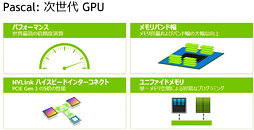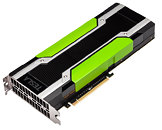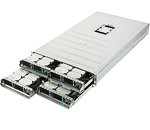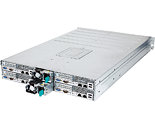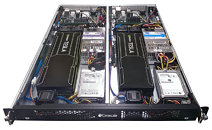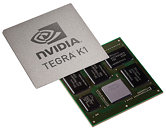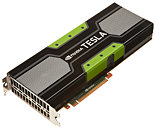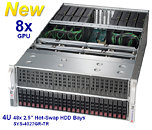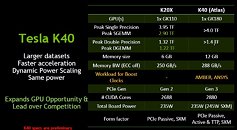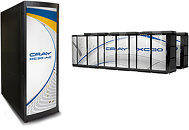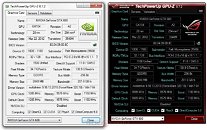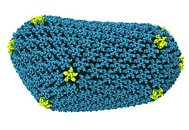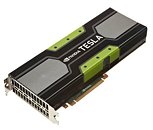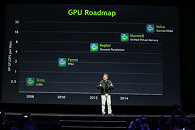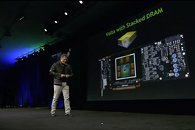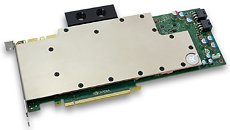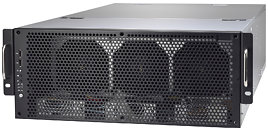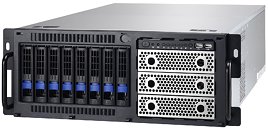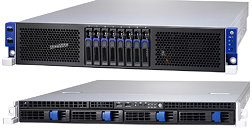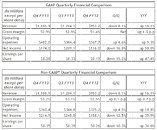Jim Keller to Lead Autopilot Hardware Team at Tesla Motors
Elon Musk handed over the reins of one of Tesla Motors' most important research and development divisions, autopilot, to chip whiz Jim Keller. Keller joined Tesla Motors as Vice President of Autopilot Hardware Engineering. With Tesla being at the very frontier of automobile development, and self-driving cars being the next big thing for the industry, Keller holds an enviable, albeit challenging position.
Jim Keller led teams that designed some of AMD's most commercially successful processors, before a stint at Apple, where he helped it gain hardware self-reliance with the company's Ax series SoCs; and returning to AMD, and leading the team that designed the company's upcoming "Zen" and K-12 micro-architectures. Tesla cars are currently driven by electronics powered by NVIDIA Tegra SoCs. With NVIDIA's immeasurable investments in deep-learning tech that forms the foundation of self-driving car hardware, and Tesla Motors yet choosing a CPU designer to lead its autopilot division, it's easy to speculate that Musk's company is seeking the same kind of hardware self-reliance that Apple did, as its iOS devices were taking off.
Jim Keller led teams that designed some of AMD's most commercially successful processors, before a stint at Apple, where he helped it gain hardware self-reliance with the company's Ax series SoCs; and returning to AMD, and leading the team that designed the company's upcoming "Zen" and K-12 micro-architectures. Tesla cars are currently driven by electronics powered by NVIDIA Tegra SoCs. With NVIDIA's immeasurable investments in deep-learning tech that forms the foundation of self-driving car hardware, and Tesla Motors yet choosing a CPU designer to lead its autopilot division, it's easy to speculate that Musk's company is seeking the same kind of hardware self-reliance that Apple did, as its iOS devices were taking off.


